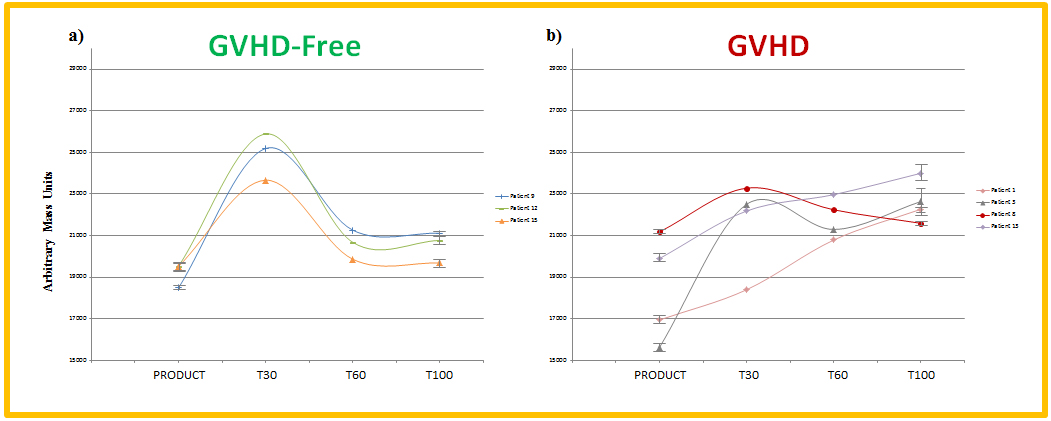Biomedical
Predicting Stem Cell Transplant Success
Cancer patients undergoing therapeutic stem cell transplantation (SCT) are at risk for graft vs host disease (GVHD), where donor immune cells target normal tissues such as the skin, liver, and gastro-intestinal tract. As the immune recovery following SCT is complex and not completely characterized, it is not possible to discern, in real-time, which patients will be at risk for GVHD, particularly as post-transplant immunosuppression is weaned.
The technology
Researchers at Virginia Commonwealth University have developed a model that uses the biomass differences in donor immune cells over time. This model informs adjustments in immunosuppression after SCT which helps to avoid GVHD or prevent relapse of cancer. In the model a small proportion of the donor immune cells becomes activated and grows to form the bulk of the recipient’s reconstituted immune system following transplant, with the rest remaining relatively quiescent.
A pilot clinical study was performed to assess the utility of single-cell, interferometric mass measurement as a biomarker for GVHD risk in SCT patients. Data from this study highlights the robustness and efficiency of the biomass measurement; only a few hours are needed to isolate cells from whole blood and complete data collection and analysis. Data shows that at specific time post-transplant, the risk of GVHD can be predicted for a patient, allowing immunosuppressant treatment to be adjusted for each patient to avoid developing the disease. The figure below highlights these findings by showing the single-cell biomass of patients who developed GVHD vs those who were GVHD-free.

Figure 1: Single-cell biomass of patients who developed GVHD vs those who were GVHD-free.


